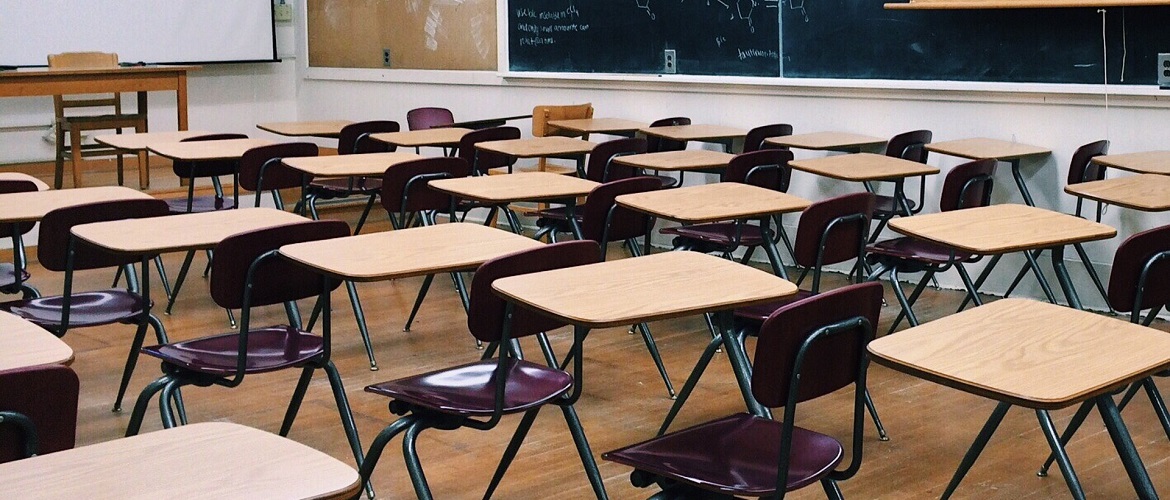How to Choose the Right Programs for Drug Prevention?
Ever since the 1980s, we have had different types of programs and campaigns whose primary objective was to warn people about the dangers associated with substance abuse. Creating awareness about the effects of substance abuse, the consequences of addiction, and the ways to avoid drug consumption is extremely important, and such programs for drug prevention can help save lives.
The need for drug prevention programs is greatest in communities that have a high incidence of addiction and substance abuse. For children growing up communities or families that have a history of substance abuse and addiction, the consumption of legal as well as illicit drugs can become normalized, even expected. Such kids often face peer pressure and other types of social compulsions that push them down the road of addiction, alcoholism, and drug abuse.
Choosing the Best Programs for Drug Prevention
It can be very difficult, for children and adolescents growing up in these circumstances, to say no to drugs and alcohol. This is because they are surrounded by peers and adults who might turn a blind eye to their substance abuse or even encourage it. In such circumstances, external intervention is required to help such adolescents transition into adulthood without the burden of addiction weighing them down.
This is why choosing the right programs for drug prevention is so important, especially for schools catering to vulnerable communities and at-risk students. Some factors that should be taken into account when making the selection have been listed below.
- Length and Flexibility
The length and flexibility of the program and its sections will affect the level of engagement from students that it receives. The best programs for drug prevention are divided into small, easy-to-understand sections that will ease teenagers and adolescents into the realm of drug-prevention without boring them or overwhelming them with information.
Moreover, the program should be self-directed and reasonably flexible for maximum impact. This will allow teenagers to become independent agents in their own lives and enable them to take responsibility for their actions. In turn, this approach will result in greater engagement as students become personally invested in their future development, rather than being passive participants in someone else’s plans.
- Presentation Format
The way in which the program is presented to teenagers and adolescents may also make a huge difference in the level of interest, engagement, and follow-through. Handing students a few pamphlets or booklets with the relevant information will result in the message being ignored and forgotten by the target audience.
On the other hand, if the programs for drug prevention are presented in the form of a series of well-made videos, power-point presentations, or even live skits, the impact on the minds of the students will be far greater. Once the adolescents are invested in the narrative or story, they will remember the lessons being imparted for years to come and try to implement them in their own lives.
- Research Based Program
All the information imparted within the drug prevention program must be research derived and evidence-based. This will help build trust and credibility, making sure that the teenagers will take the lessons seriously. If such credibility is not there or if the kids can spot any loopholes in the information being provided, they will lose faith in the program and begin questioning all aspects of what they have been taught.
An evidence-based program designed to prevent drug consumption among students will have a much greater and more long-lasting impact, although it might require a greater investment of time and resources upfront. Moreover, it will also provide the students with the resources and materials they need in order to pass on their knowledge to their friends and peers.
- Life Skills
Of all the programs for drug prevention available in the market, it is best to choose the one which focuses on the development of life skills in teenagers and adolescents. This is because life skills enable the students to become critical thinkers and savvy decision-makers in their own right. They no longer have to depend on other people to help them differentiate between right and wrong.
Students who have received life-skills training are therefore much more adept at dealing with personal and interpersonal crises and handling peer pressure. They have superior emotional management skills and can make better decisions, even in stressful and potentially dangerous situations. Life-skills training not only helps adolescents avoid substance abuse, it also enables them to handle life and its many problems more skillfully.
In Conclusion
Teachers and school administrators looking for the best programs for drug prevention should check out the websites of some of the most reputed drug prevention institutions in the country, such as Real Prevention. Such organizations have years of experience in the realm of substance abuse prevention, and can therefore design programs that are both effective and easy to administer. Finding the right product may not be easy, but we mustn’t forget that just one great drug prevention program can save hundreds of young lives!






 This ties back to the point about trust-building. Students will not open up about their problems if they sense that the people running the program are judgmental or reactionary. Therefore, you must develop the habit of listening with an open mind, without any judgments or preconceived notions. The children and adolescents must feel safe when confiding in you.
This ties back to the point about trust-building. Students will not open up about their problems if they sense that the people running the program are judgmental or reactionary. Therefore, you must develop the habit of listening with an open mind, without any judgments or preconceived notions. The children and adolescents must feel safe when confiding in you.
